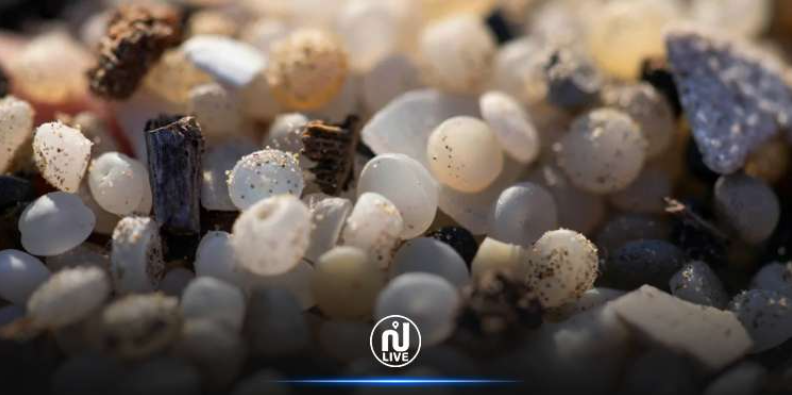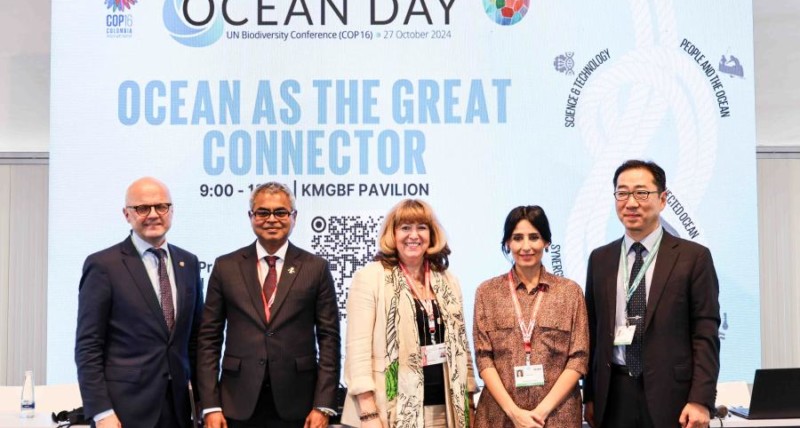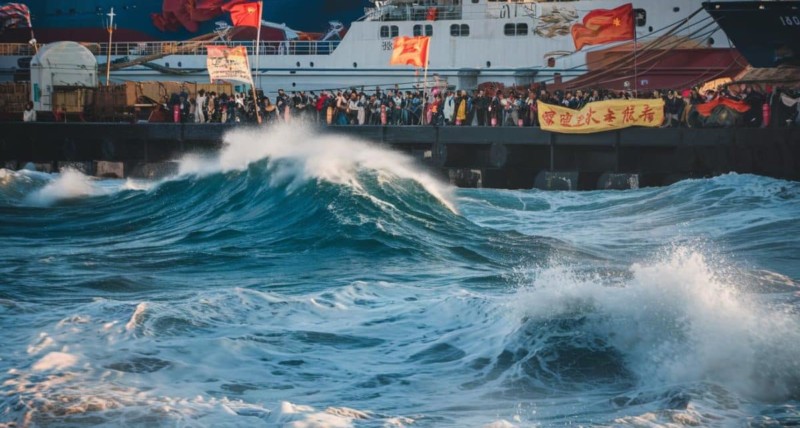A Sponge Made from Squid Bones Could Remove the Microplastics Saturating Our Waters
Microplastics are everywhere. They’ve been found at the summit of Mount Everest and inside creatures living in the deepest ocean trenches. They’re also present in bottled water, human placentas, and breast milk. These tiny plastic particles suffocate wildlife, disrupt ecosystems, and pose a threat to human health—and they are notoriously difficult to remove.
But Chinese scientists may have found a solution: a biodegradable sponge made from squid bones and cotton.
A research team from Wuhan University used chitin from squid bones and cellulose from cotton—two organic compounds known for removing wastewater pollutants—to create a biodegradable sponge.
They then tested the sponge in four different water samples—taken from irrigation water, pond water, lake water, and seawater—and found that it removed up to 99.9% of microplastics, according to a study published last month in Science Advances.
“The planet is seriously threatened by microplastics, and aquatic ecosystems are the first to suffer,” the researchers stated.
“Even with various policies—such as reducing plastic products, waste management, and environmental recycling—microplastic pollution is irreversible and increasing.”
The Microplastics Problem
Microplastics are tiny plastic fragments less than 5 millimeters in size. They come from all kinds of materials—from tire wear that breaks into smaller pieces, to microbeads found in beauty products like exfoliants. A 2020 study estimated that 14 million tonnes of microplastics lie on the ocean floor.
Scientists have described microplastics as “one of the major environmental challenges of this generation,” and the issue is now globally recognized as an environmental crisis.
Plastic pollution is persistent, harming wildlife, marine ecosystems, and increasingly raising concerns about its potential impact on human health.
A beach in Paparo, Miranda State, Venezuela, strewn with waste, including plastic, on June 6, 2023, highlights the scale of the problem.
The crisis is expected to worsen, with plastic production and pollution forecast to increase in the coming years. Even if the world embarked on an immediate and coordinated effort to reduce plastic consumption, about 710 million tonnes of plastic would still pollute the environment by 2040, according to another study.
This makes it all the more urgent to find solutions to remove the plastics contaminating our oceans.
The sponge created by the Wuhan researchers was able to absorb microplastics both by physically intercepting them and through electromagnetic attraction, according to the study.
Previous methods for capturing microplastics tend to be costly and difficult to scale up, which limits their feasibility.
Last year, researchers in Qingdao, China, developed a synthetic sponge made of starch and gelatin, designed to remove microplastics from water, although its effectiveness varied depending on water conditions.
Why Microplastics Are Harmful—and How This Sponge Could Help
Microplastics are now found in many human organs and tissues. Their harmful effects stem from both physical and chemical factors, and their health risks remain under active investigation.
The low cost and wide availability of cotton and squid bones mean the sponge developed in Wuhan “has great potential for use in extracting microplastics from complex water systems,” the study notes.
Shima Ziajahromi, a senior lecturer at Griffith University in Australia who studies microplastics, called the squid-bone-and-cotton sponge method “promising” and said it could be an effective way to “clean vulnerable, high-risk aquatic ecosystems.”
However, she noted that the study did not address whether the sponge can remove microplastics that sink into sediments—which make up the majority of microplastics in aquatic environments.
Another “critical issue,” Ziajahromi said, is the proper disposal of the used sponges.
“Although the material is biodegradable, the microplastics it absorbs must be disposed of properly,” she explained.
“Without strict management, the process risks transferring microplastics from one ecosystem to another.”
Ultimately, she added, minimizing plastic pollution should remain a “top priority.”
Source: Nessma




